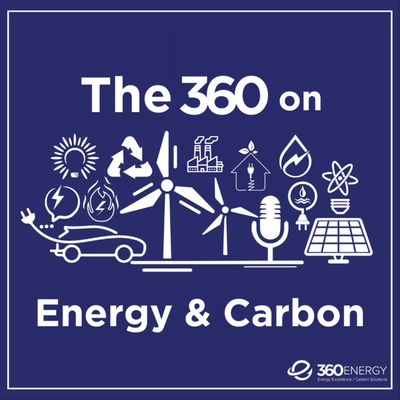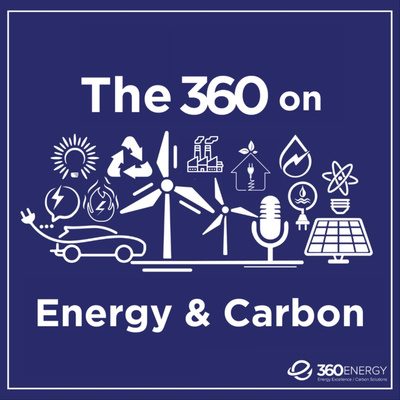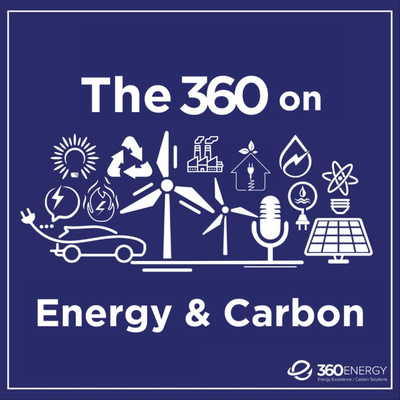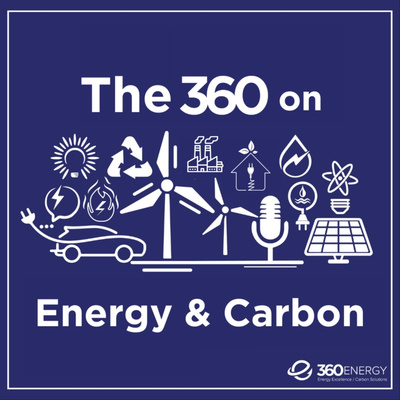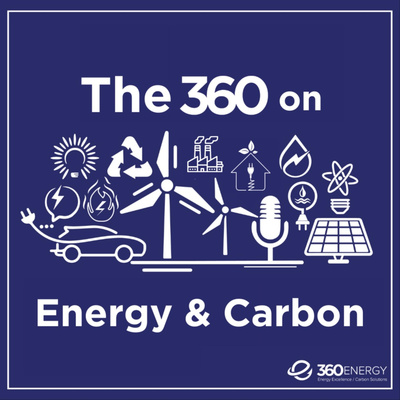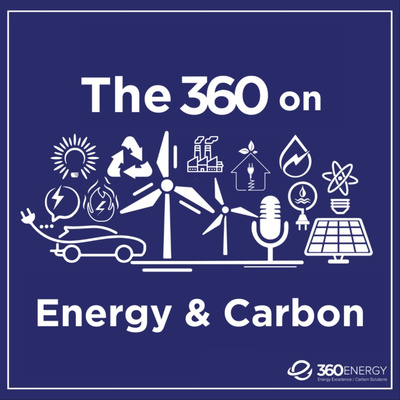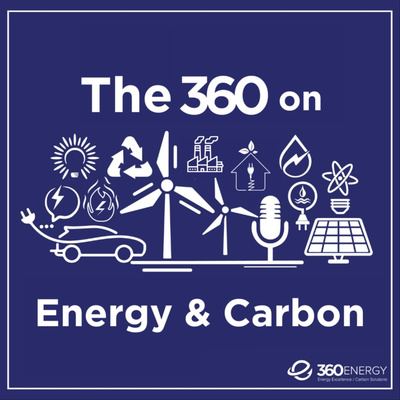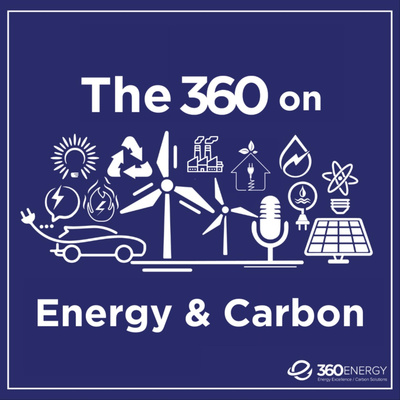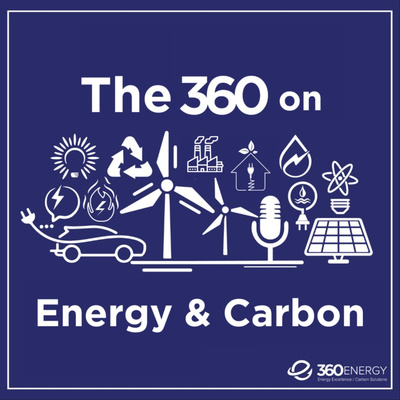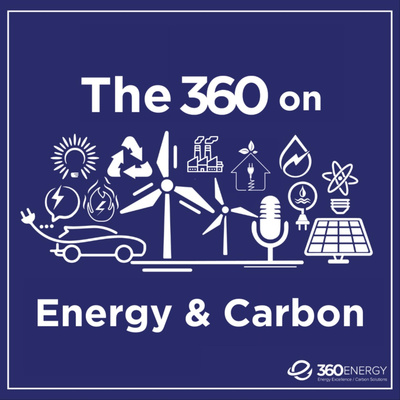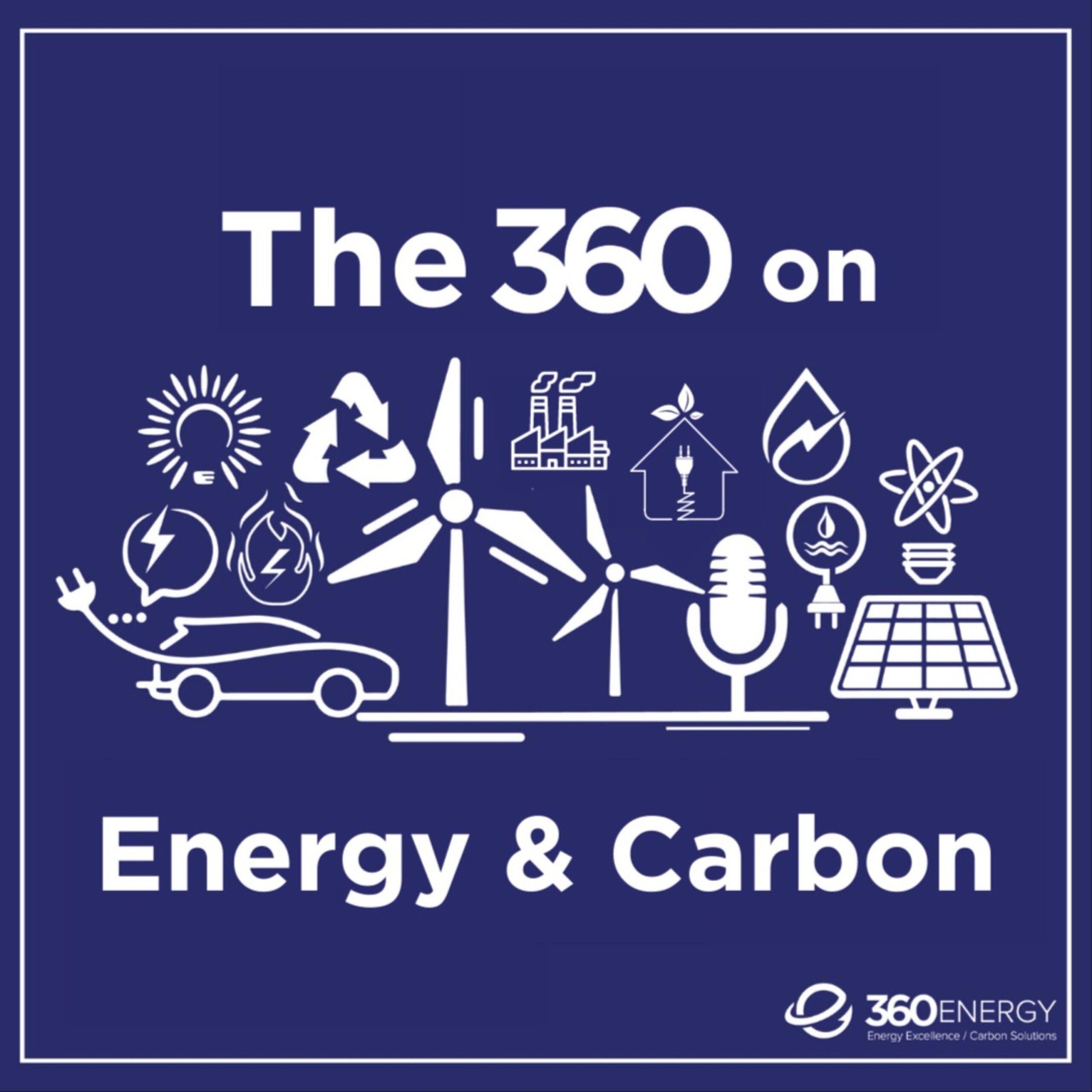
How did the world’s lightest element attract colourful labels, and why should it matter to you?
Hydrogen is the first element in the periodic table. Its name comes from the Greek words “hydro” and “gene,” meaning “water maker.” When hydrogen gas is ignited, water is the by-product.
Hydrogen is everywhere, but rarely on its own. Two hydrogen molecules, together with a molecule of oxygen, form water. Hydrogen can combine with carbon to form “hydro-carbons”. These are found in organic compounds – the molecules of life – as well as in methane, coal and other fossil fuels.
Pure hydrogen (H2) is a highly combustible gas that releases a great deal of energy when burned. Fossil fuels also release energy when burned but emit carbon (CO2) as a by-product, which hydrogen does not do.
Reducing carbon emissions has become an urgent international priority. The world’s burning fossil fuels has put large amounts of CO2 in the atmosphere. CO2 is trapping the earth’s heat, raising global average temperatures and warming the climate.
Hydrogen’s appeal is that it can provide needed energy, but without the problem of carbon emissions. Governments around the world are promoting hydrogen as a substitute for fossil fuels and as a necessary component in the transition to a lower carbon economy.
Hydrogen gas is made by stripping out hydrogen molecules from the other elements found in organic materials or found in fuels such as methane. Splitting water into hydrogen and oxygen gases – using electrolysis – is yet another source.
All the traditional processes to manufacture hydrogen require energy. What is the result if the energy used to produce hydrogen emits CO2? Hydrogen’s great attribute of being a non-carbon emitting energy source is negated. Eliminating carbon emissions from the manufacture of hydrogen would move the world economy tantalizingly close to de-carbonization.
This is where the many colours of hydrogen come in. They provide a shorthand guide to the carbon emissions associated with hydrogen manufacturing methods.
“Black” hydrogen comes from coal gasification; “brown” comes from gasifying lignite. “Grey” hydrogen is made by reforming natural gas. Most hydrogen today is “grey,” produced at existing refineries or gas processing plants.
“Blue” hydrogen is produced from fossil fuels using traditional methods, but the carbon emissions are reduced by using carbon capture utilization and storage (CCUS).
The electrolysis of water using renewable energy sources like solar and wind power produces “green” hydrogen gas. Green hydrogen has the least carbon emissions of any manufacturing method. Many see this route as the future for hydrogen production.
Nuclear power also provides emissions-free electricity. Hydrogen produced from electrolysis using nuclear power is “pink.”
Virtually all North American electrical grids are powered by a mixture of energy sources. Few are entirely clean. Applying grid-generated electricity to electrolyze water produces “yellow” hydrogen – broadly categorized as being made with medium carbon emissions.
As a fuel source, hydrogen-powered fuel cells can decarbonize heavy haul transportation, shipping and transit. Hydrogen can replace coal and coke in manufacturing iron and steel and replace natural gas for heating. Fuel switching from fossil fuels to hydrogen can potentially be a climate action game changer. But only if hydrogen changes its colour.
Hydrogen is also a building block for countless products used daily: fertilizers to grow our food; alcohols to make plastics, paints, car parts, and construction materials; and as catalysts in refining.
Every company is in someone’s supply chain. Every company needs to reduce the carbon emissions in their products and processes. Every company has hydrogen buried in the fuel it burns, the chemicals it uses, and the products it creates. Hydrogen plays a pervasive but invisible role in every company. A shift in the colour of hydrogen used can make a significant difference to the carbon footprint of every company.
Colour gives hydrogen visibility. If green, blue or pink hydrogen can take the place of black, brown or grey hydrogen, carbon emissions will drop dramatically. The economy-wide impacts will be far-reaching. The transformation to a low-carbon economy will become a reachable goal.
